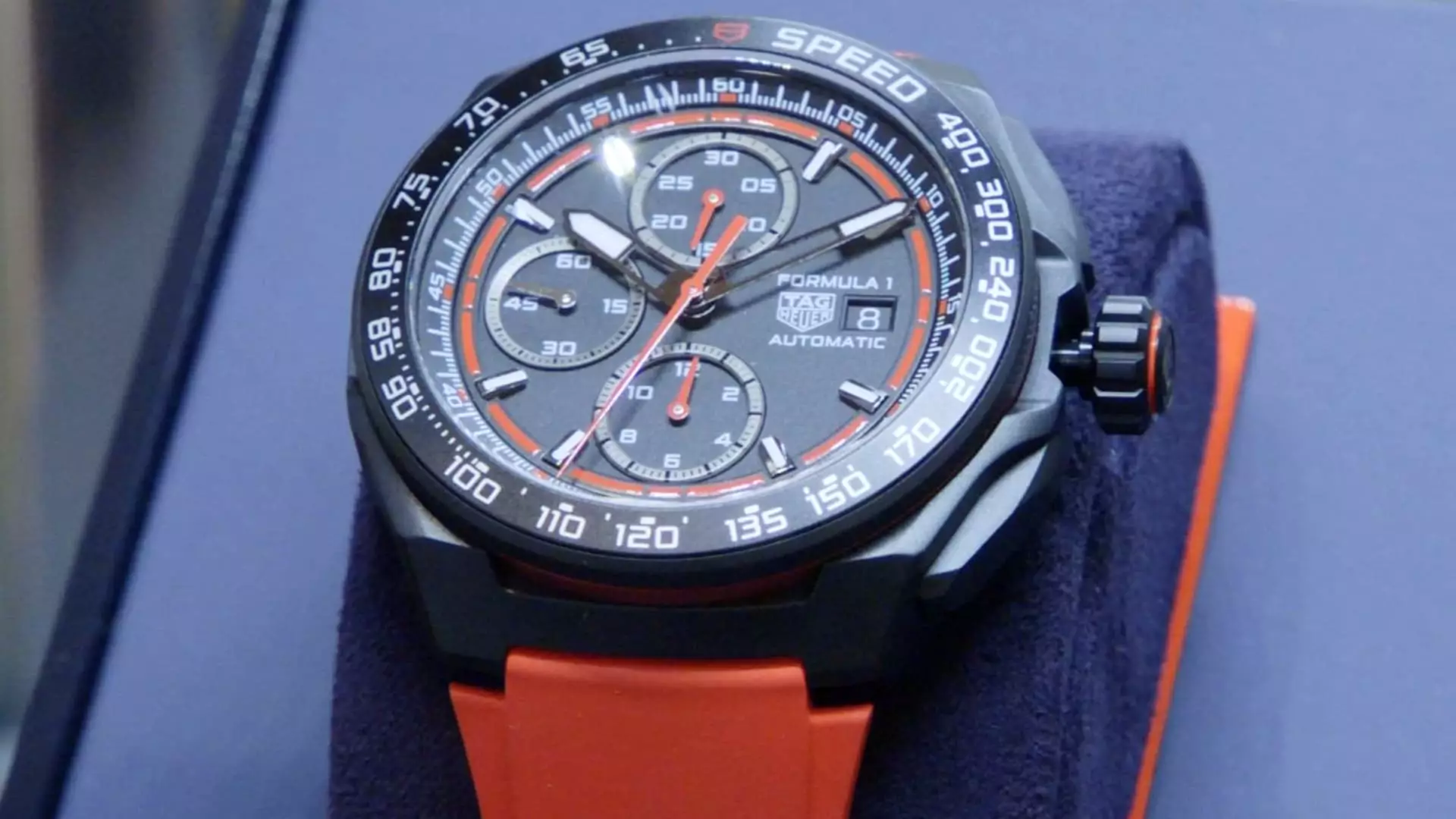After a challenging year marked by declining sales, luxury conglomerate LVMH has reported a promising resurgence in its watches and jewelry division. The company’s latest earnings release showed an increase of 3% in this sector, a significant turnaround from the previous downward trends. This uptick is particularly noteworthy when compared to the struggles faced by LVMH’s other segments, such as fashion and leather goods, which saw a 1% dip, and the wine and spirits sector, which faced an 8% decline. The data suggests that luxury watches and jewelry are becoming critical components of LVMH’s diversified portfolio, thriving despite turbulent economic conditions.
During LVMH Watch Week in New York, the atmosphere was charged with optimism from the CEOs of several of its key brands. They attribute the growth primarily to a renewed eagerness for luxury goods among consumers in the U.S. and Europe. While the Chinese market remains sluggish, LVMH executives have expressed confidence in a rebound in American consumer spending, which is crucial for the company’s bottom line. Jean-Christophe Babin, CEO of Bulgari, remarked on the unexpected positive start to the year, paving the way for a hopeful outlook for 2025.
A significant factor contributing to enhanced consumer confidence is the recent U.S. presidential election. Anthony Ledru, the CEO of Tiffany & Co., noted that the election brought clarity and renewed optimism amongst high-net-worth individuals, which is essential in the luxury sector. The potential for consumer engagement and spending changes dramatically in response to political shifts, which can heavily influence market trends. In the luxury sector, sentiment is incredibly important; a positive shift can lead to increased sales, as affluent consumers often wait for signals that affirm the stability of their investment in luxury items.
Nonetheless, the road to recovery is not without its obstacles. The looming uncertainty around tariffs, particularly in relation to Swiss-made watches and French luxury items, continues to pose a significant threat. The unpredictability of U.S. tariff policies could dampen prospects, especially given past threats from the Trump administration regarding potential levies.
In response, brands under LVMH are embracing an ambitious strategy of innovation and product launches. The Louis Vuitton watch division, for instance, recently unveiled its remarkable “Tambour Taiko Spin Time” collection, showcasing unique designs inspired by vintage airport displays. This push towards creative differentiation is not merely about aesthetics; it’s tied to the overarching goal of establishing Louis Vuitton as a serious contender in the watchmaking domain, with a focus on high complications and craftsmanship.
TAG Heuer’s recent collaboration with Formula 1 illustrates another successful initiative, leading to enhanced sales immediately following the announcement. Antoine Pin, CEO of TAG Heuer, emphasized how social media plays a critical role in measuring consumer engagement and the efficacy of marketing efforts. Real-time feedback can spur immediate shifts in sales momentum, illustrating the synergy between brand strategy and consumer interaction.
On the jewelry front, Tiffany & Co. has reported a remarkable 9% increase in same-store sales during the fourth quarter. Its flagship store on Fifth Avenue has become an emblem of luxury in New York, reflecting the transformative investment made by LVMH. The incorporation of high-end experiences, such as the Blue Box Cafe and a VIP suite, has elevated the in-store consumer experience, reinforcing Tiffany’s transition to a premier luxury destination. Ledru indicates that the brand’s focus on high-ticket items, particularly its “hardware” collection, has allowed Tiffany to penetrate deeper into the high-end market, shifting consumer perceptions and purchasing habits.
The evolving demographic landscape is also influencing luxury sales. The rise in purchasing power among women—driven by increased income, entrepreneurship, and greater access to wealth—is reshaping the client base for luxury jewelry. In the past, the purchasing demographic was largely skewed male, with many buying gifts for women. Today, women are leading the purchase of luxury jewelry, a shift that represents broader trends in gender equality across economies.
As LVMH’s major brands enhance their product lines and cultivate consumer relationships, they must remain vigilant against the potential turbulence posed by global economic factors, particularly shifting tariffs and market behaviors. The luxury market is dynamic, and while the current optimism is palpable, sustained success will hinge on the ability to adapt and innovate in an ever-evolving landscape. The interplay between political stability, consumer sentiment, and market agility will define how LVMH, along with other luxury brands, navigates the complexities of the luxury goods market in 2025 and beyond.

